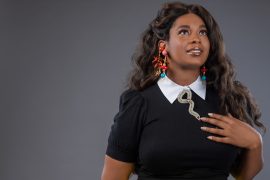Sarah Bahr is a IUPUI alum and past Indy Star writer, currently working for the New York Times as the night Sports editor and freelancing as a Culture writer. She is also an avid reader and Broadway fan. We met Sarah at the Indianapolis Public Library to learn about ten books that have been impactful to her and get some reading recommendations.
Check out some of Sarah’s stories here.

Jane Eyre
Charlotte Brontë
Jane Eyre is basically my favorite book of all time. I first read it in high school, and it was a required read for class. I got really into it. It’s not just a romance novel; there’s mystery involved, there’s gothic horror involved. I love Victorian literature. That was a book that really stuck with me, also Charlotte Brontë’s writing style. As a journalist, I’m always trying to create vivid cinematic scenes, and she creates such nice thick description. There’s so much you can learn from fiction that you can apply to journalism.
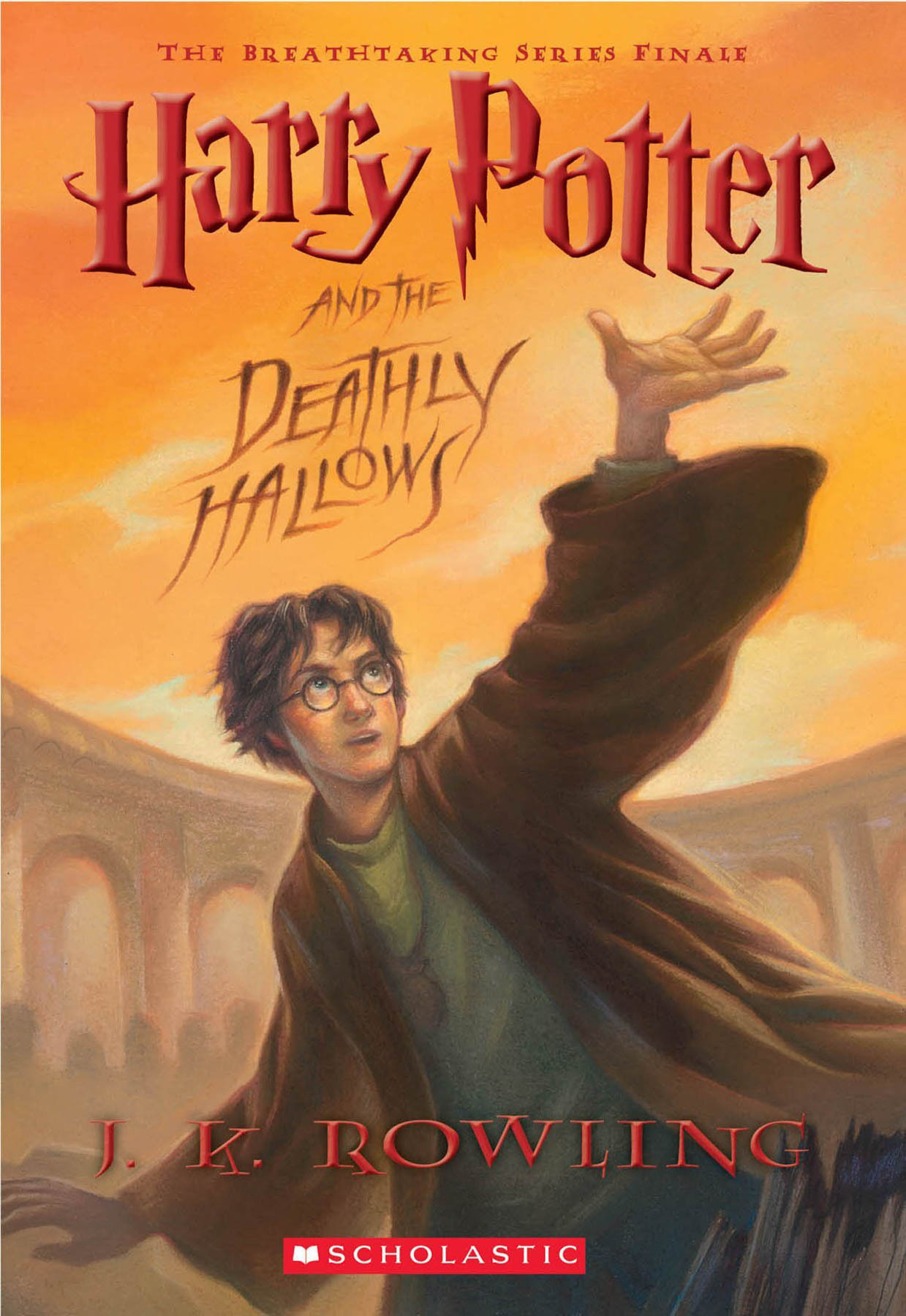
The Harry Potter Series
J.K. Rowling
I started reading it after Half Blood Prince had just come out, so I only had to wait for one book. I only had to go through that agony once. J.K. Rowling is so great at world building. You read that book, and you care about all of the characters. Snape is my favorite. Snape was my favorite before the last book (you need to say that). It really takes the emotions of the kids seriously, that’s one thing that’s really cool about it and sets it apart from other children’s lit. You’re not going to find a Hagrid anywhere else in children’s literature. It’s cool too, because the books grow up with their audience. The first couple are really children’s books, but when you read them you can see she was already building this world that would culminate in the final books. She must have maps all over her house with the world and connections.

Dracula
Bram Stoker
Dracula was not a required read for school—it had been on my list to read forever. I actually read it in college. I liked it so much I had it saved as a PDF on my phone forever, and I’d pull it up in waiting rooms or waiting for buses. But, it’s much different than I expected it was going to be. I mean obviously it’s going to be a horror novel. I started reading it, and I didn’t realize it was told through letters which was really cool. The character is one of the infuriating protagonists that doesn’t realize what’s happening, but you do. You’re reading it and all of these bad things are happening and you’re like “no!” He (the author) never comes out and says it’s horror or it’s scary. He shows you through all of these incongruous things that are happening. The scene with the bride of Dracula is one of the best scenes ever written. Mina Harker, who is the female protagonist, is this intelligent, useful character who is equal to her husband so that is also cool to see.
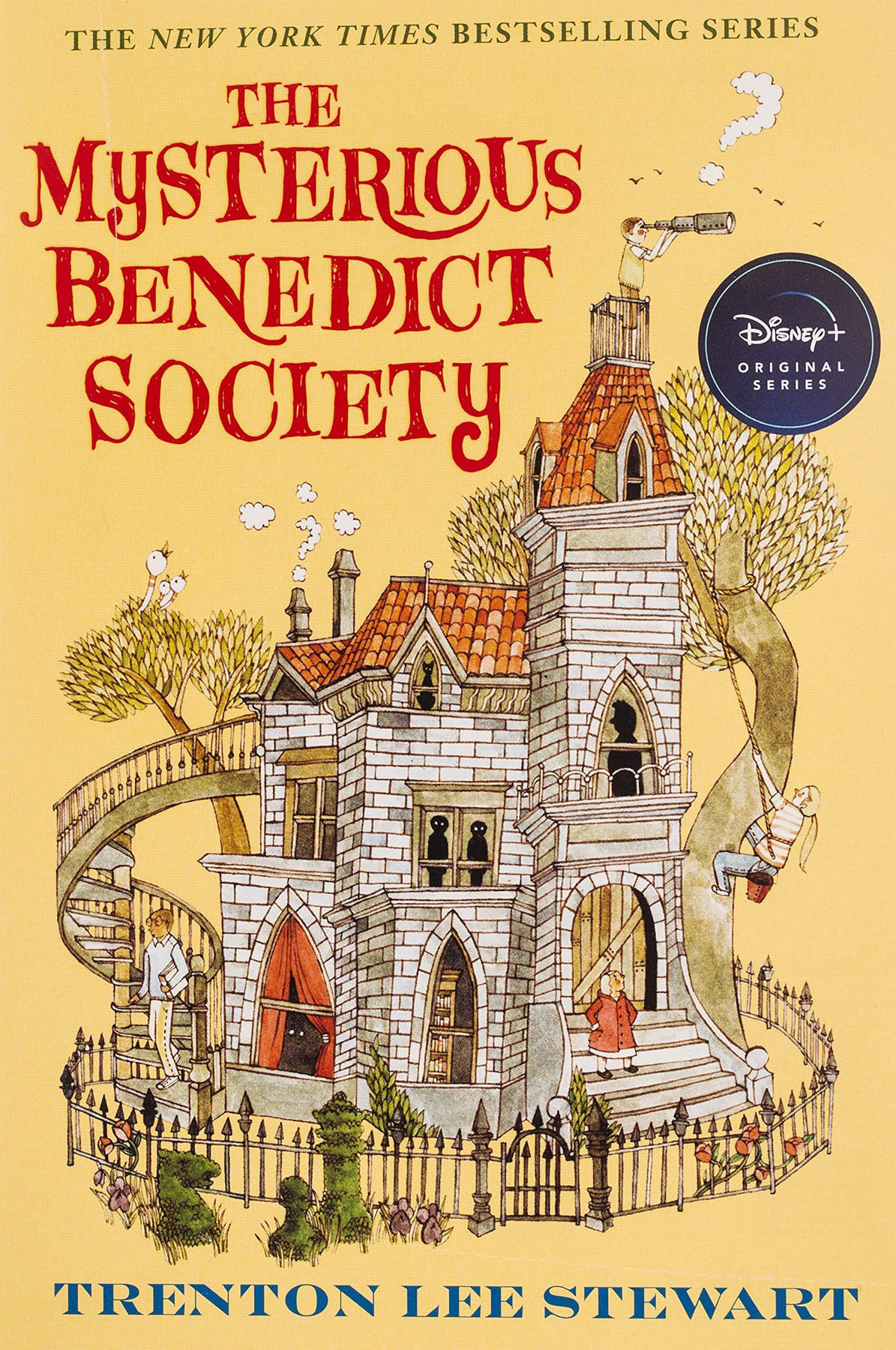
The Mysterious Benedict Society Series
Trenton Lee Stewart
This one I first read in elementary school. Actually, grandma got it for me, because Trenton Lee Stewart was from Arkansas like her. It was just turned into a Disney+ series. I thought there’s no way it could do justice to the series, but it was really good. Tony Hale was a great Mr. Benedict/Mr. Curtain. This was fun to read. Even though it’s children’s lit, there are logic puzzles all over the book. While you’re reading it you’re learning about real world things like Morse code and narcolepsy, which is really fascinating.
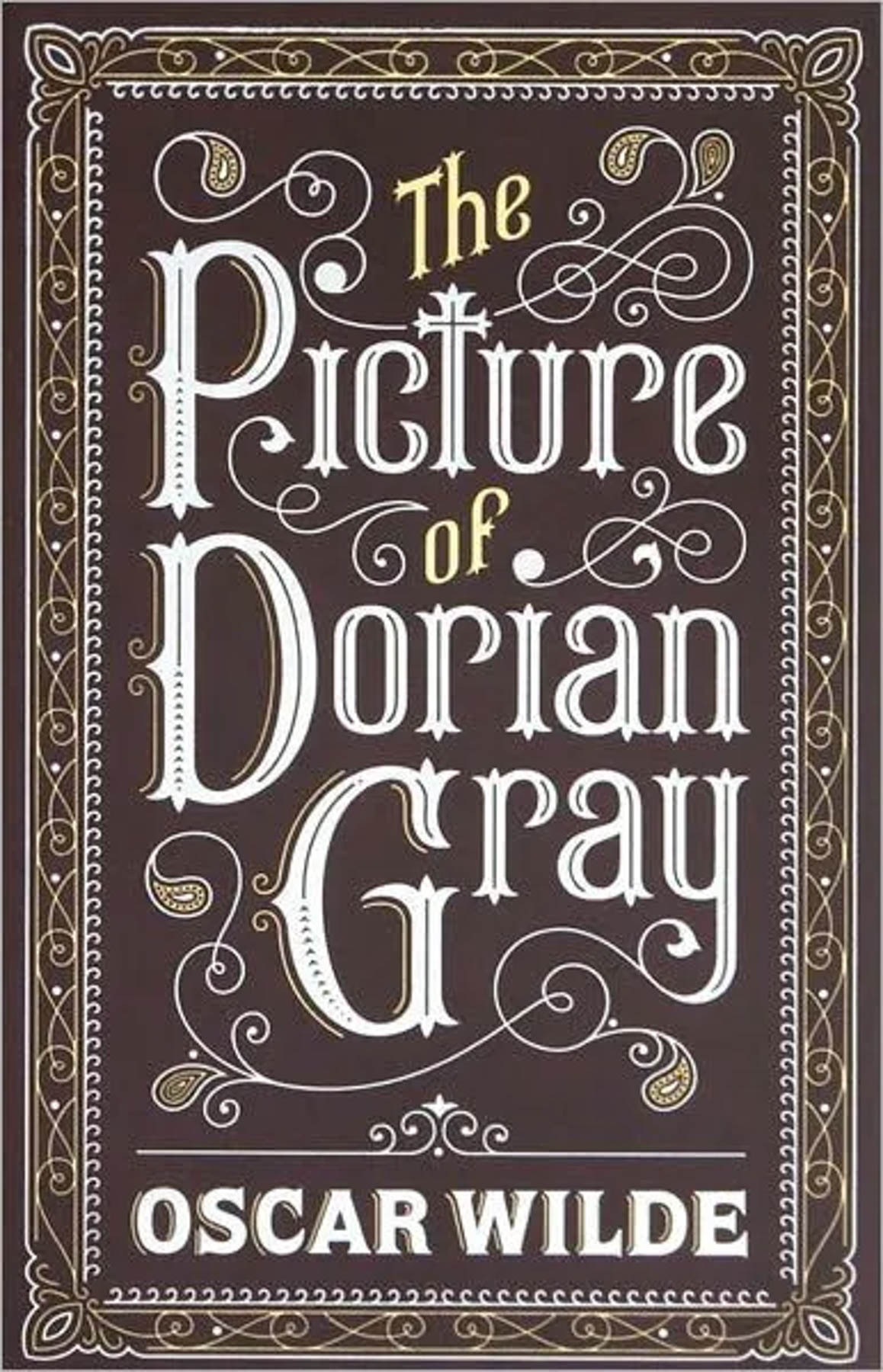
The Picture of Dorian Gray
Oscar Wilde
This one is interesting. It’s a satire on narcissism. It’s about a wish that comes true where this guy can go through the world doing whatever he wants and nothing affects his face; it all happens to his portrait. There are puns throughout the book, like his love interest is Sibyl Vane. It’s the only novel that Oscar Wilde ever wrote. It’s so witty as you’re reading through it—you wish there were more of his novels. The culture of youth is still a thing today, so that’s definitely something that’s still relevant. Even though it was written hundreds of years ago.
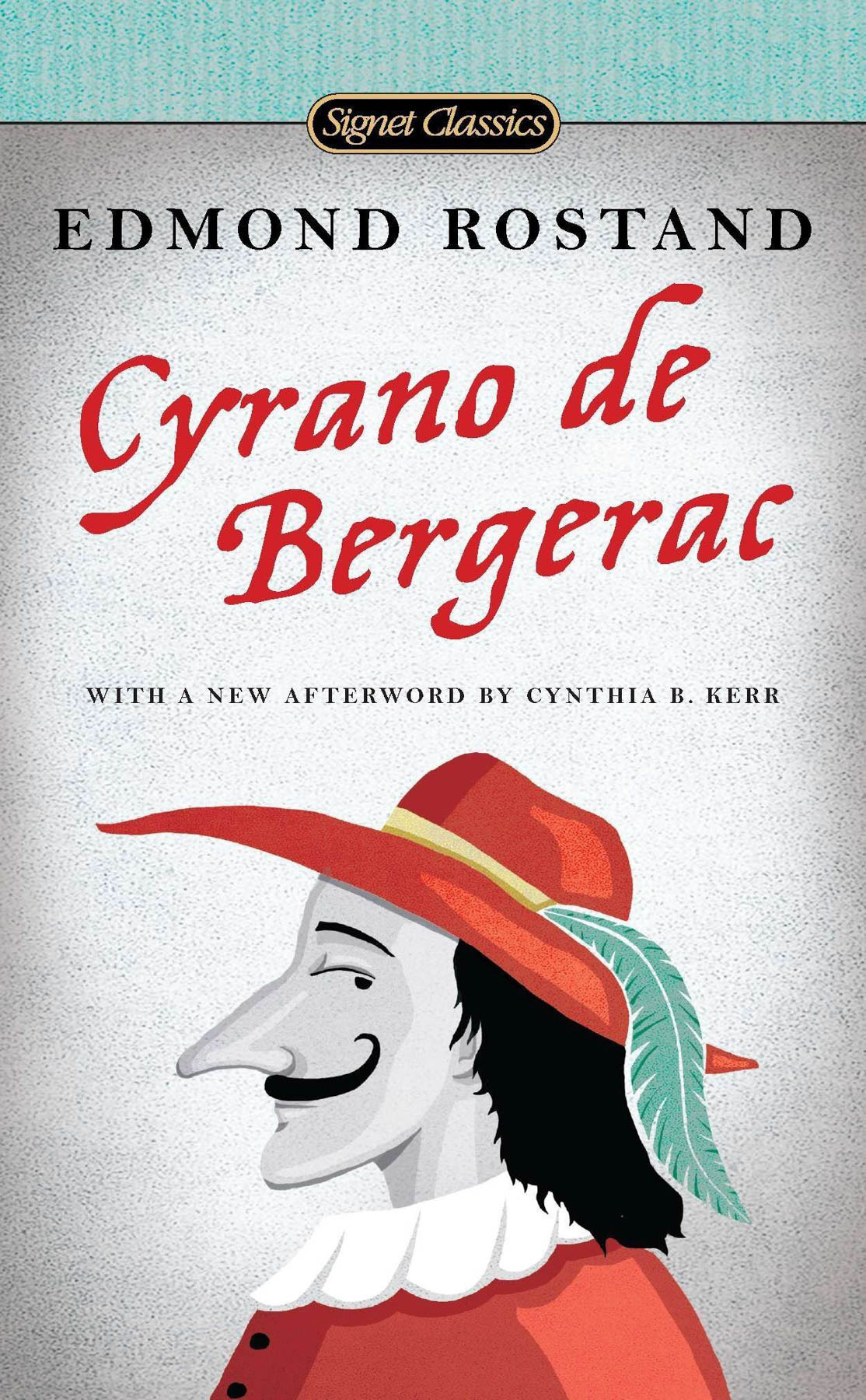
Cyrano de Bergerac
Edmond Rostand
There are a couple on this list that are cheating. They are actually plays that I’m counting as books. This is being turned into a movie. I read this one when I was a sophomore in high school. It’s this French play and I read it in translation—I don’t speak French. It’s this silver-tongued soldier whose big nose holds him back from telling a woman he loves how he feels. He decides to help this guy who becomes his friend win her love by writing her letters that he pretends they’re from this other guy. It leads to these hilarious scenes, because obviously, the other guy has to be alone with her at some point. Basically, he is totally inelegant in speech and he doesn’t know anything about romance. So, you see him here hiding in the bushes or hitting the balcony, and whispering to him what to say. The ending is heartbreaking, but I won’t spoil it.
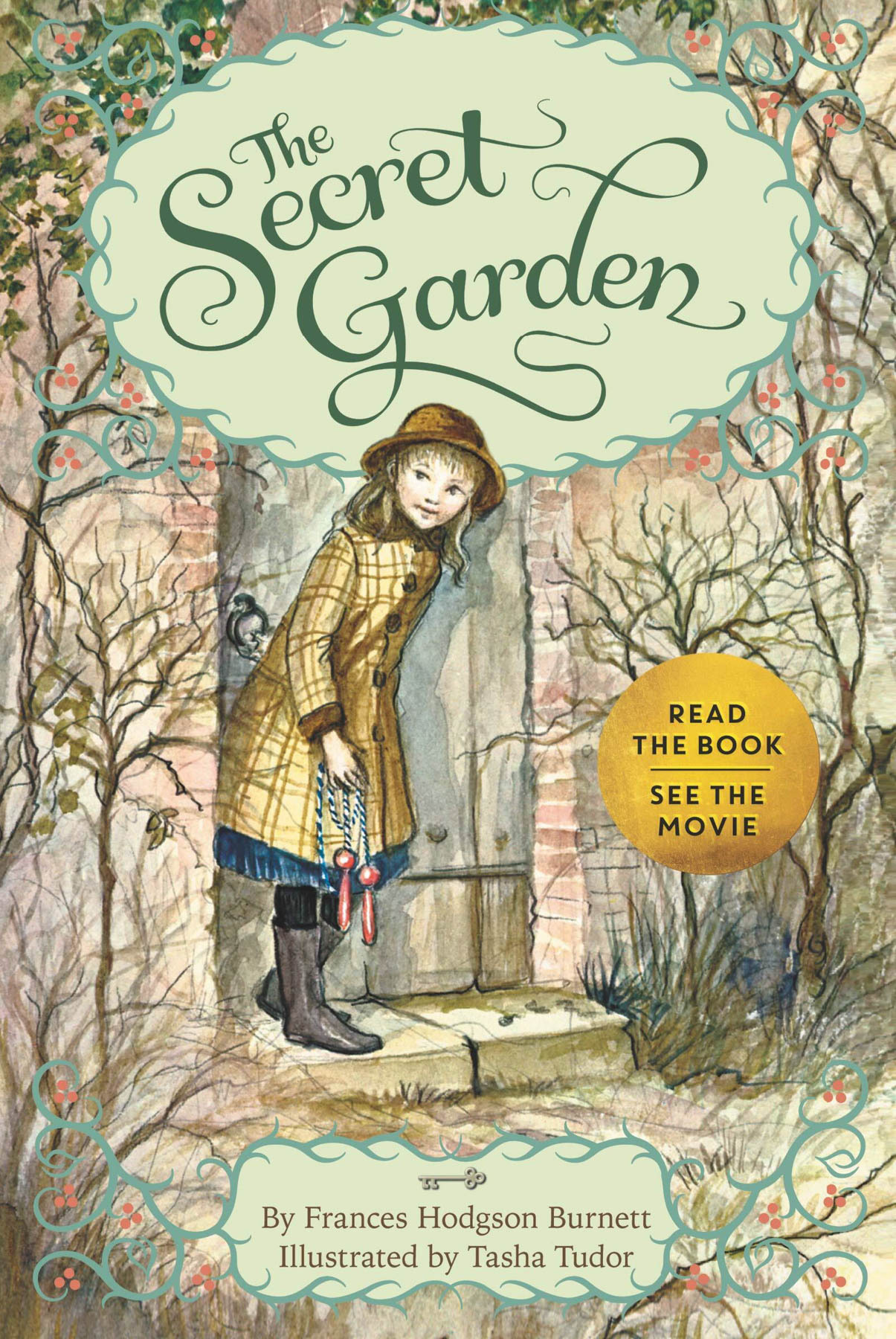
The Secret Garden
Frances Hodgson Burnett
This one is not all flowers. You have the gothic elements, like wind, howling through the Moors. It’s really cool to see Mary Lennox, who is the protagonist, go from this spoiled brat to this character who really cares about the natural world and about others. That’s always a fun evolution to see—growth and healing. I mean, I’m partial to the Broadway musical, and there’s a great song called Lily’s Eyes in there. I actually wrote a story for this in the Times a while back about a workshop to revive it for Broadway. It’s so interesting to see the crossover between the elements of the book and the Broadway musical.
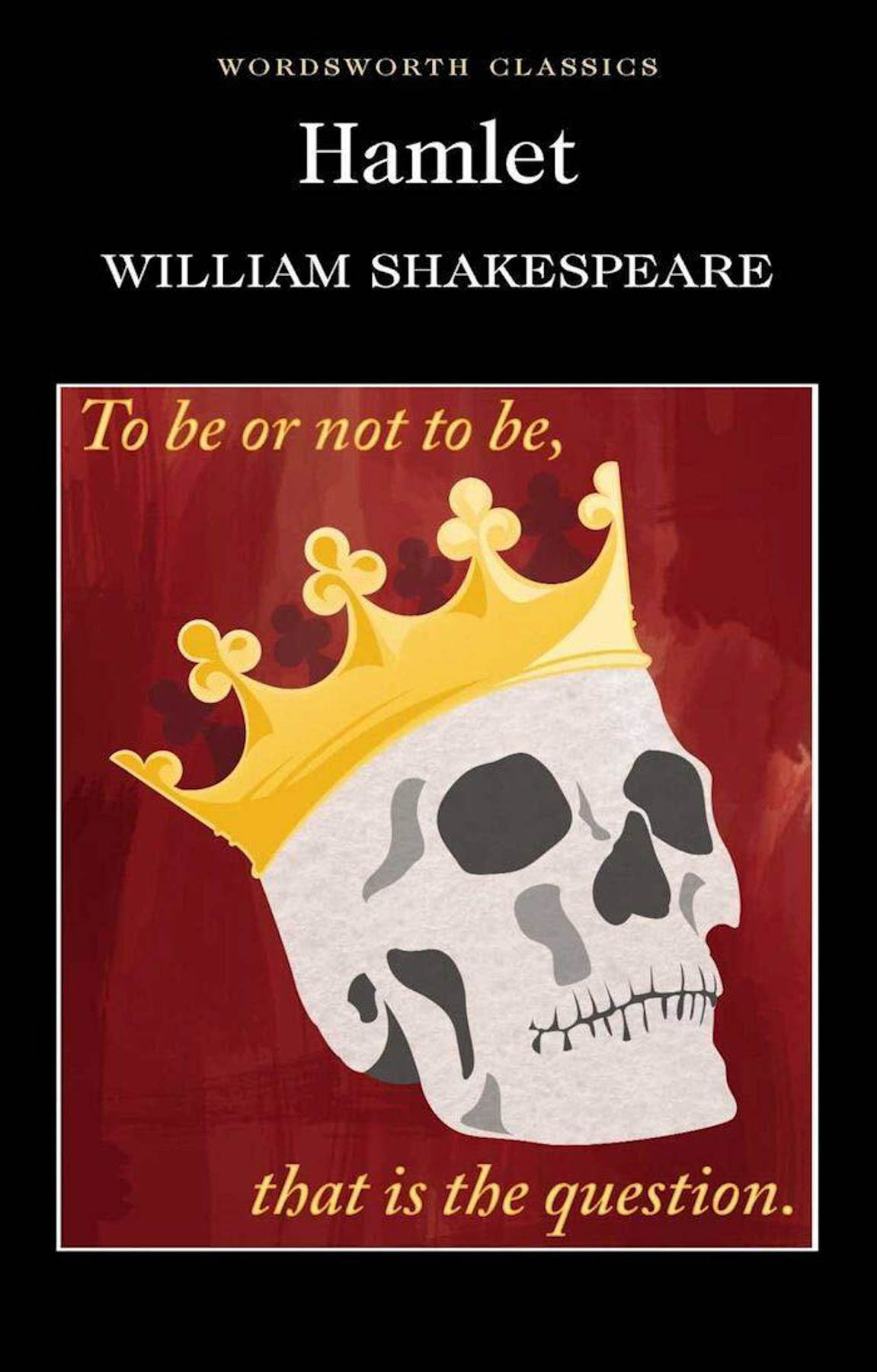
Hamlet
William Shakespeare
This one’s obviously my other cheating one—it’s a play. It’s my favorite Shakespeare play. It’s fascinating because over the centuries there’s never been a definitive interpretation of is Hamlet mad? Is he not mad? On the surface it is about the power struggles among the Danish royals, but it’s really this psychologically complex portrait of all that Hamlet is going through. Ophelia is a fascinating character… this woman in madness. It’s a play not about revenge, but the dangers of a conflicted mind and inaction, which is really fun to see.
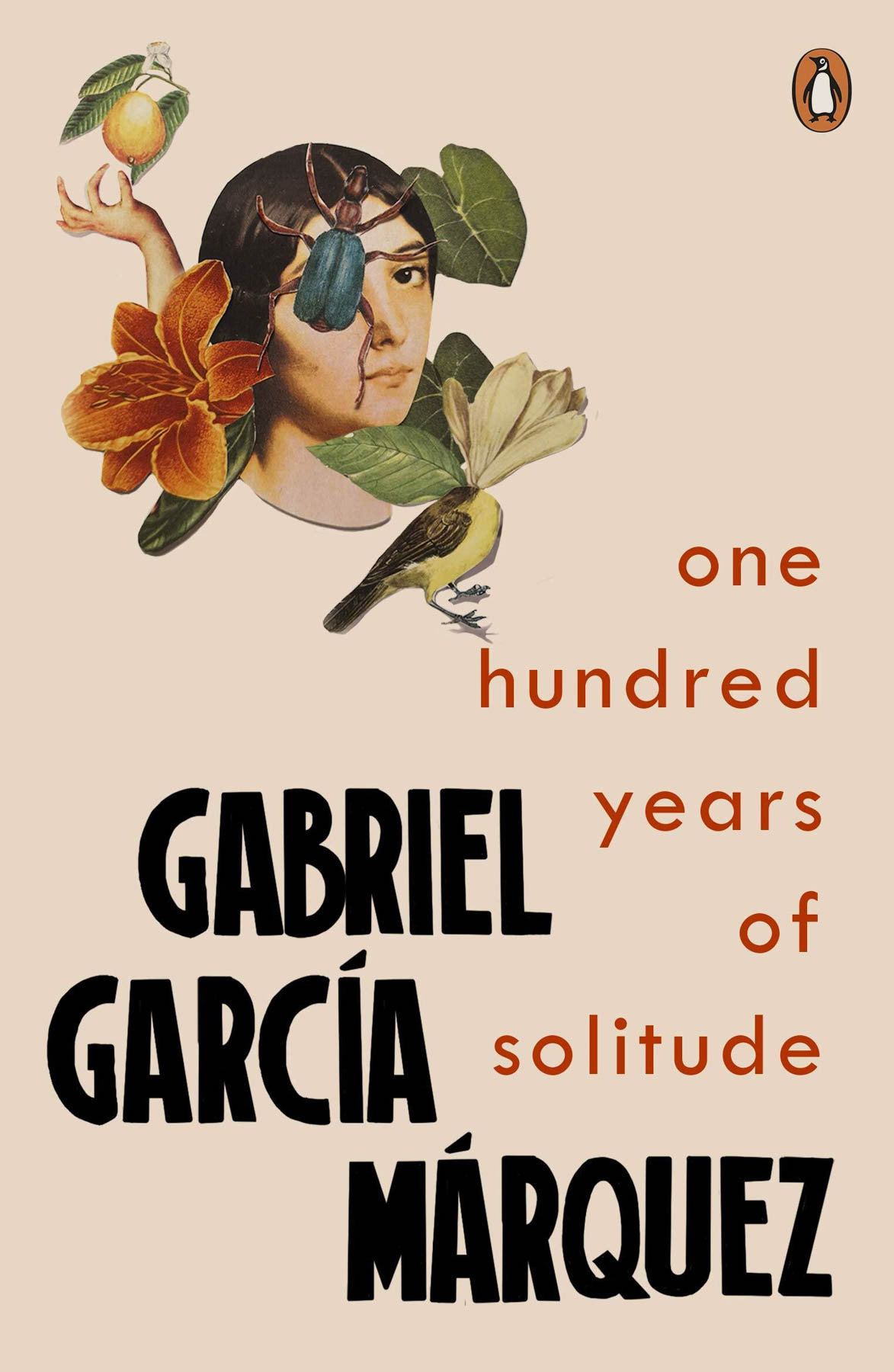
One Hundred Years of Solitude
Gabriel García Márquez
This one is one of the most thought-provoking books I’ve ever read. It’s also one of those where a bunch of the characters have the same name, so you have to map it out when you read it. Gabriel García Márquez is great at magical realism. You’ll be reading through 20 pages describing something. You’re like, “What was that for?” Then a couple hundred pages later, you’re like, “Oh, that’s why he did that. He was setting it up for this thing.” It’s another one of those where the world is so complex and there are so many different things that happen that pay off later on. It’s also one of the most challenging books I’ve ever read, just as far as following it because there’s a plot, but it’s more like you’re thinking about the relationships between characters and how time never stays the same. There are beautiful images; he’s one of those writers where you can tell he’s labored over the arrangement of the words in every paragraph. I actually first read it in English, but then—because I was a Spanish major in college—I was able to read the original text in Spanish. The language was more beautiful and precise in Spanish, so I really enjoyed reading the original text.
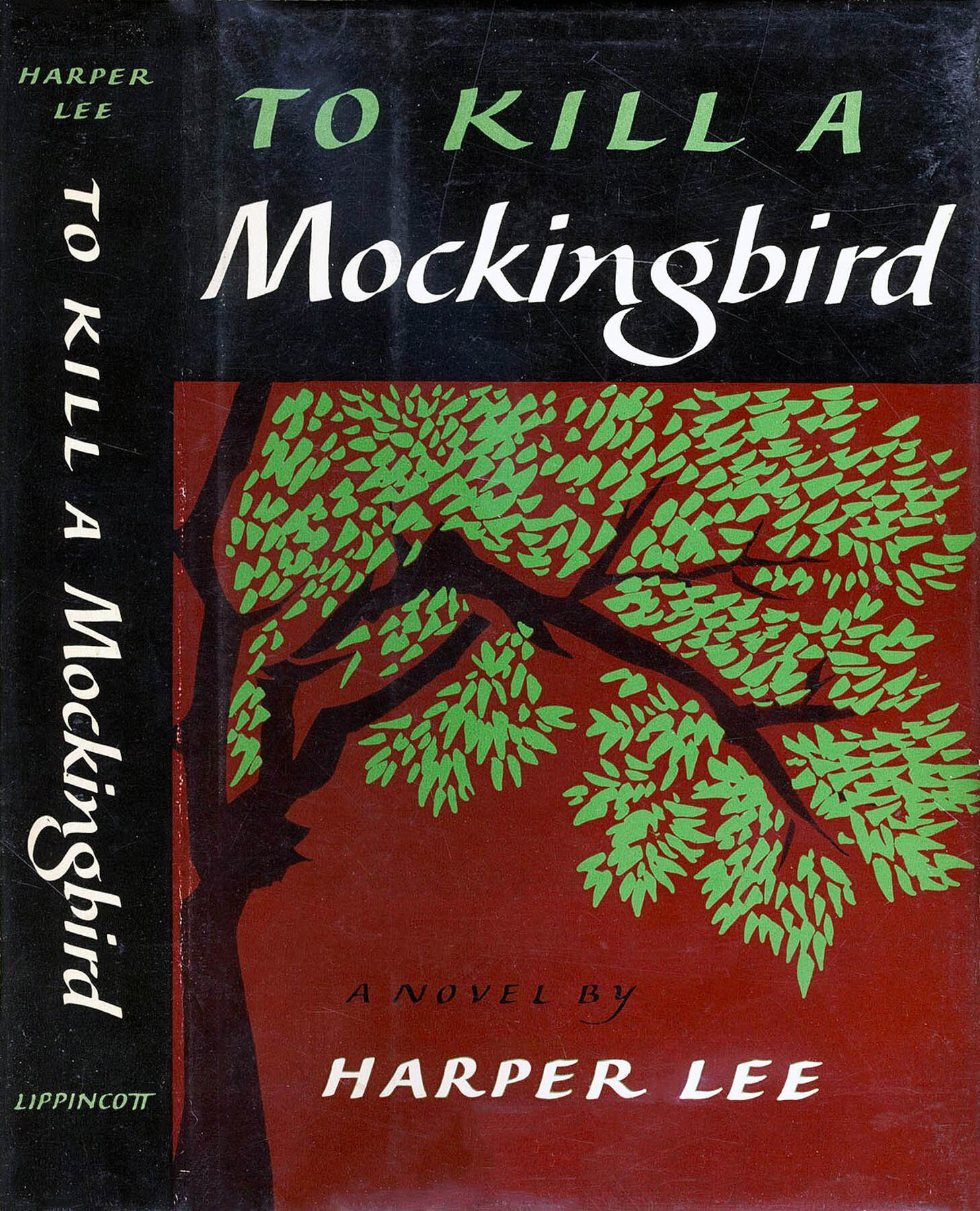
To Kill a Mockingbird
Harper Lee
This one was one that I read in middle school. It’s this historical portrait of the American South, but it’s told in a way that it’s narrated by a child, Scout. There are all of these racially complex things that are happening, and it’s one of those that there’s a big spoiler in the middle, so you can’t really discuss that too much in depth. The author creates such a warm, homey atmosphere as she’s taking you through these complex topics, and it doesn’t feel like she’s lecturing you. It unfolds through Scout’s eyes, so this is also a book where the reader knows more than the narrator. You see her grow up as all these things are happening around her, and that’s a really rewarding journey. It discusses sensitive issues without making you feel uneasy. I am not a Go Set a Watchman stan, which is the controversial sequel. I’m disregarding the second installment of it. It’s one of those where if you read it when you were in middle school, it’s time you read it again as a grown up. It is definitely a book that reads differently when you’re an adult than when you’re a child.




